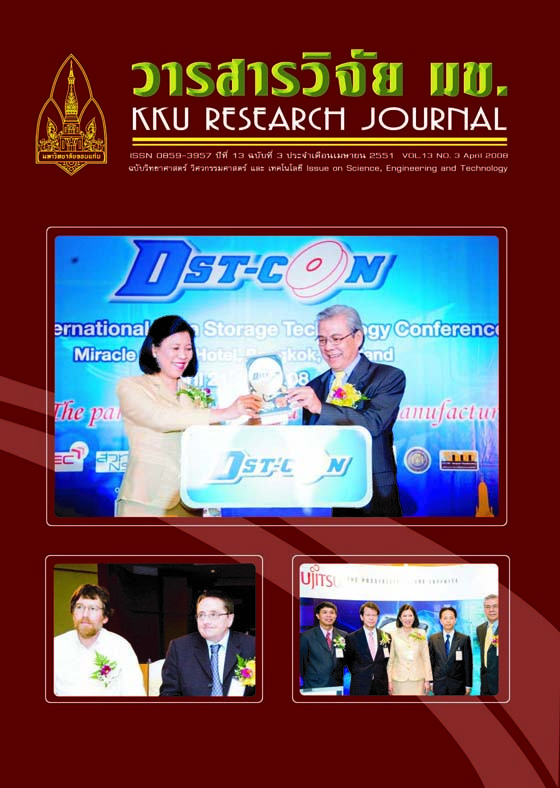Justifying a continuous monitoring system
Main Article Content
Abstract
It is often difficult to justify the large capital investment necessary to install a continuous contamination or electrostatic charge monitoring system. Often this is the result of faulty historical data, where sampling practices preclude obtaining a true characterization of the work place. There is a fear that hasty installation of a system will result in placement of sensors in locations where they are not needed. Finally, there often are questions about the types of sensors that should be used, the required resolution and other technical concerns that make decision making difficult. This paper describes a method to overcome these difficulties. Several examples illustrate the method as applied to particle sampling. The first step in this method is installation of sampling hardware on workstations that conforms to the requirements for critical and busy sampling. Data is collected to determine if the traditional sampling method has determined an accurate measure of the conditions at the work station. Thereafter, sampling may continue using the manual optical particle counter, electrostatic charge monitor or other work station monitor, with a modified sampling protocol to collect comparative data. Sampling may also continue using the previous protocol to provide control data. Data collected with the new protocol are then compared with the historical data base collected using the old protocol. Generally this uncovers a number of sample points where the old protocol grossly underestimates the particle concentrations or static charge levels present. The new data are used to identify workstations that are out of compliance with contamination or electrostatic charge acceptance limits. An attempt can then be made to isolate and correct those items found to be contributing to the unacceptable conditions. Workstations that can be brought under control and maintained using a reasonable manual sampling frequency do not need continuous monitoring. Workstations that repeatedly show unacceptable conditions under manual sampling are candidates for continuous monitoring. The manually collected data is examined for evidence of burst, trend and periodic contamination or electrostatic charge behavior. In addition, the results of modified manual sampling allow for the selection of contamination or electrostatic charge sensors with the optimum resolution, avoiding unnecessary costs associated with selecting sensors with unneeded resolution. Examples will also illustrate the evaluation of the need for continuous horizontal flow monitoring in a vertical unidirectional flow cleanroom, electrostatic charge monitoring and continuous monitoring in cleaning machines.

